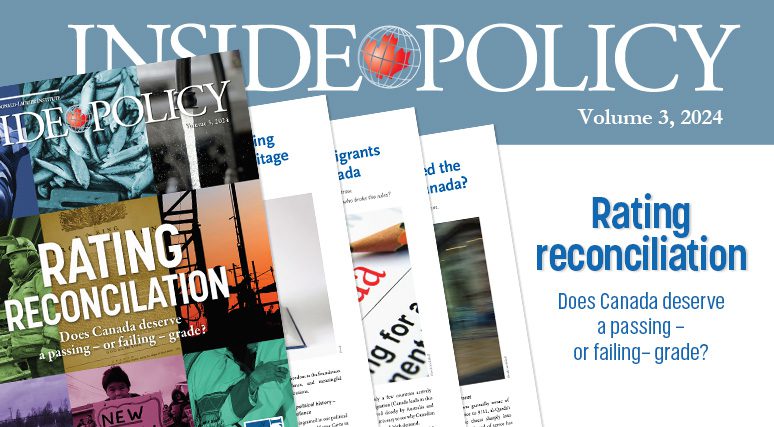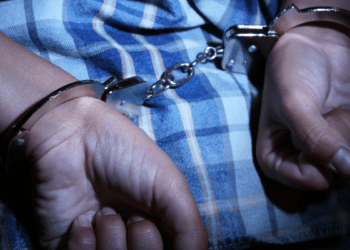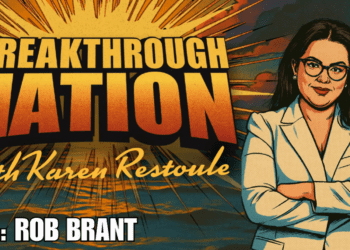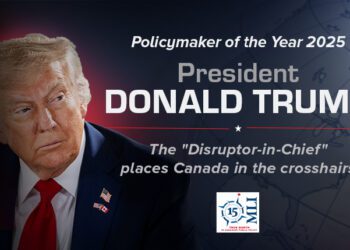September 30, 2024
From the editors
In 1873, Treaty commissioners met with Anishinaabe leaders from what is now eastern Manitoba and northwestern Ontario to complete negotiations for Treaty 3. To cap the proceedings, the commissioners presented their First Nations counterparts with special medals rich with symbolism.
The obverse featured two figures – a First Nations man and a British military officer – shaking hands in mutual respect. Behind them, a landscape scene echoed the promise to uphold the treaties “as long as the sun shines, the grass grows, and the rivers flow.” At their feet, a buried hatchet symbolized lasting peace. And on the reverse, Queen Victoria’s stern countenance represented the Crown’s authority.
The medals were 99 per cent pure silver – something that greatly pleased the assembled chiefs and elders. At a previous signing ceremony for Treaty 2, the medals had been made from copper with a thin silver plate that quickly wore away. The chiefs saw the poorly made medals as an insult; their complaints led to the pure silver replacements.
A century and a half later, Indigenous peoples are still fighting for respect, as well as for the treaty rights promised to them centuries ago. Progress has been made, particularly through the courts. But there’s still so much more to be done. In this issue, Indigenous Affairs Director Ken Coates and Senior Fellow Karen Restoule take a hard look at Canada’s commitment to reconciliation. Does Canada deserve a passing – or failing – grade?
We also explore the importance of free inquiry: Peter Copeland, MLI’s deputy director of Domestic Policy, argues that Canadians must stand up to the threat posed by cultural Marxism and the “equity” movement.
With a federal election looming, Senior Fellow David L. Thomas tackles a highly contentious issue: the possibility of granting a blanket amnesty to illegal migrants. Thomas says it would be disastrous for the country. Meanwhile, writer Geoff Russ warns of the ongoing risk of foreign interference unless Canada’s political parties reform the way they select their leaders.
With Canada’s economy in the doldrums, two authors explain how the natural resources and energy sectors can ignite it. Kristjan Hebert, a Saskatchewan crop grower, urges farmers to adopt a more businesslike approach. Meanwhile energy expert Sasha Istvan says recent successes in the nuclear power industry are proof Canada can be a world leader in the field.
Finally, we turn to the threat of radical Islam. Senior Fellow Khalid Ramizy urges Canada to do more to help Afghans suffering under Taliban rule, and counterterrorism expert John Gilmour explains how the October 7 Hamas terror attacks on Israel have increased the likelihood of jihadist-inspired terrorism in Canada.






